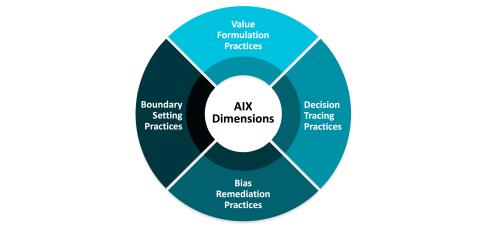Over the past eighteen months, generative artificial intelligence (GenAI) has grabbed the attention of organizational leaders. The technology’s ability to quickly and autonomously generate media content such as text, images, and audio has unlocked opportunities that were previously too costly or complicated for organizations to pursue. For example, GenAI can help legal teams check whether lengthy contracts meet regulatory standards, support learning professionals in adapting training materials to new languages, and assist marketers by hyperpersonalizing customer engagement to vary timing, channel, and message.
Unlike traditional AI, which focuses on making predictions or classifications based on specific datasets, GenAI uses neural network architectures—such as large language models (LLMs)—to identify patterns in extensive training data and generate outputs that mirror those patterns. This allows GenAI to produce coherent and contextually relevant responses to user instructions. GenAI’s perceived ease of use, coupled with its widespread public availability, has caused a growing number of people—from the front line to the boardroom—to embrace GenAI in their personal and professional lives. The combination of this consumerization and GenAI’s potential use in novel applications has motivated many organizations to experiment with GenAI.
Our research examined data and technology executives’ experiences with such early experiments.[foot]This research briefing draws from a series of three consecutive virtual roundtable discussions the authors conducted between Q4 2023 and Q2 2024 on the topic of GenAI with seventy data and technology executives representing fifty organizations on the MIT CISR Data Research Advisory Board and from twenty-three semi-structured interviews, each with an executive from an organization on the board, conducted between February and August 2024.[/foot] We found that effective GenAI management requires that leaders distinguish between two types of GenAI implementations: (1) broadly applicable GenAI tools for individual use across myriad purposes, and (2) GenAI solutions designed for use by specific groups of organizational stakeholders to achieve strategic business objectives through integration with processes, systems, and offerings. In this briefing, we describe the unique challenges and management principles for each type of implementation.












